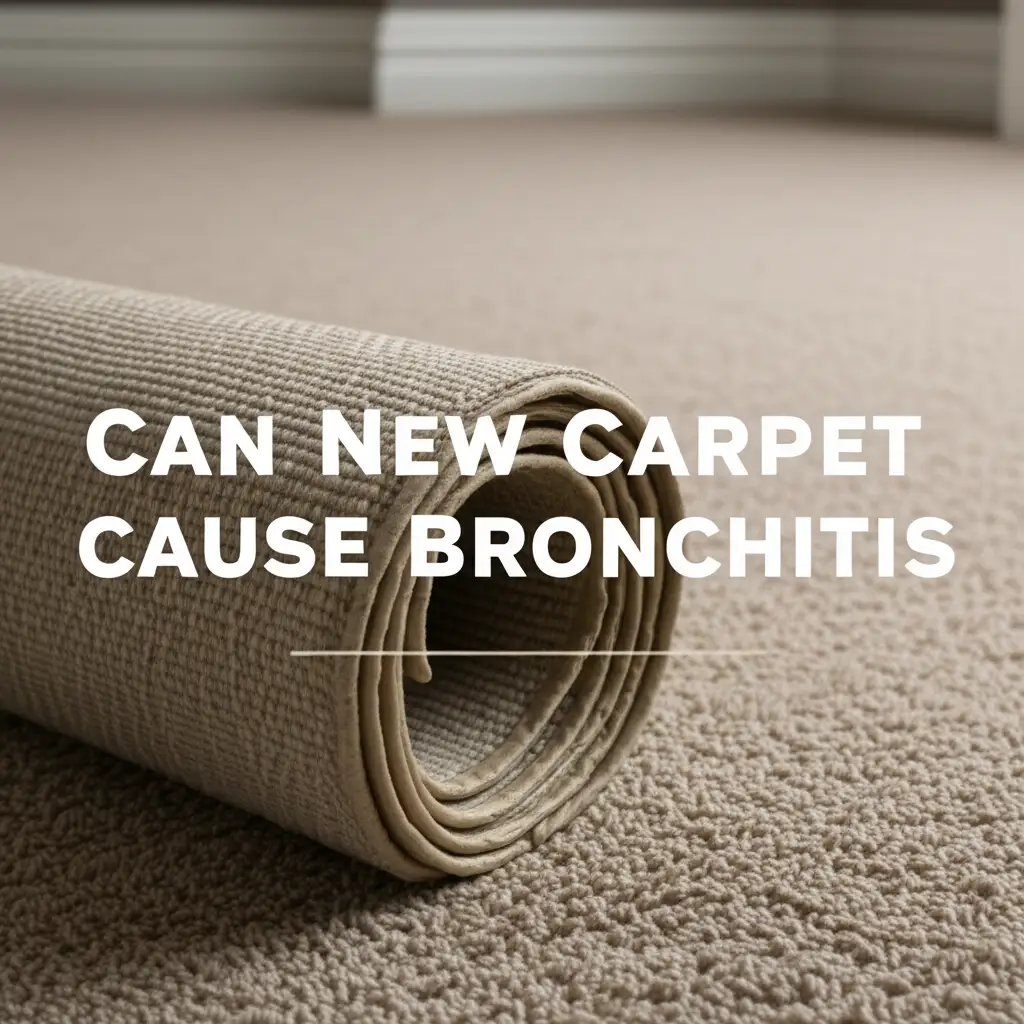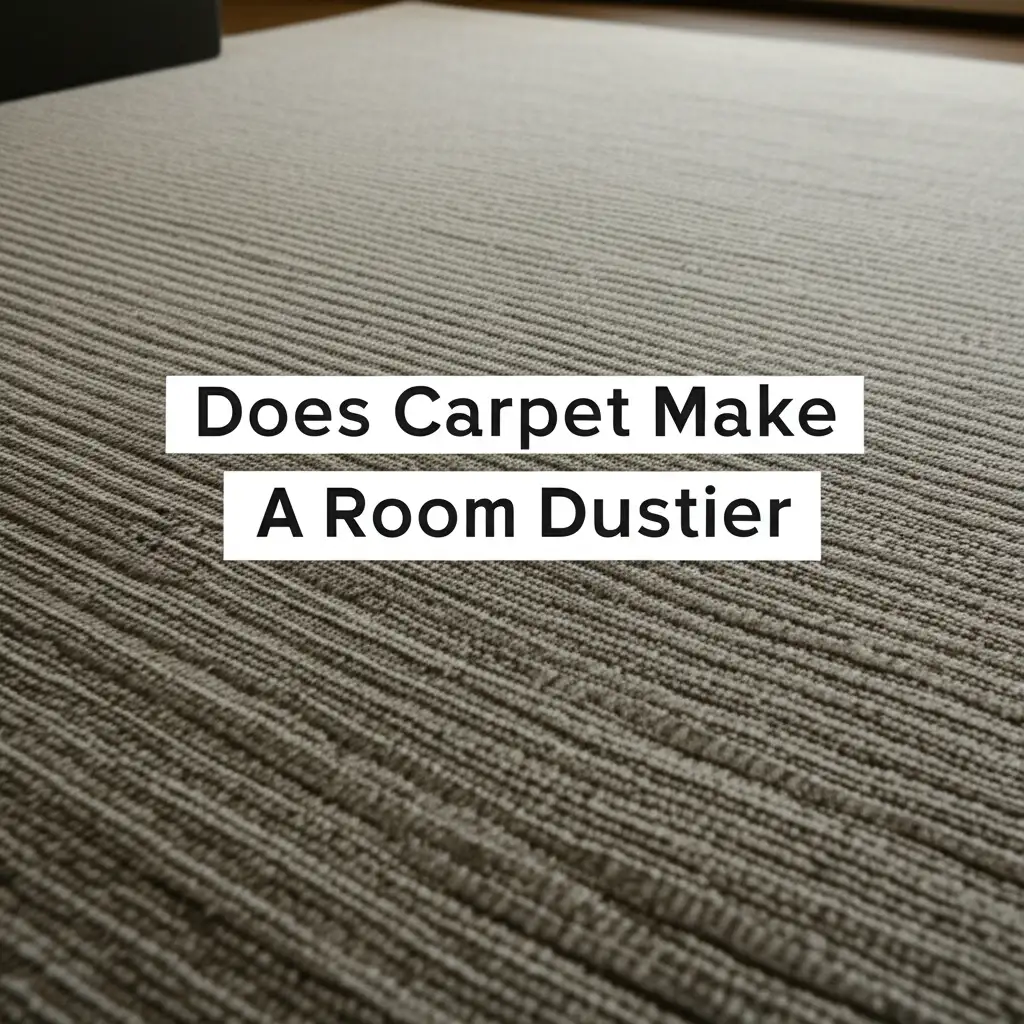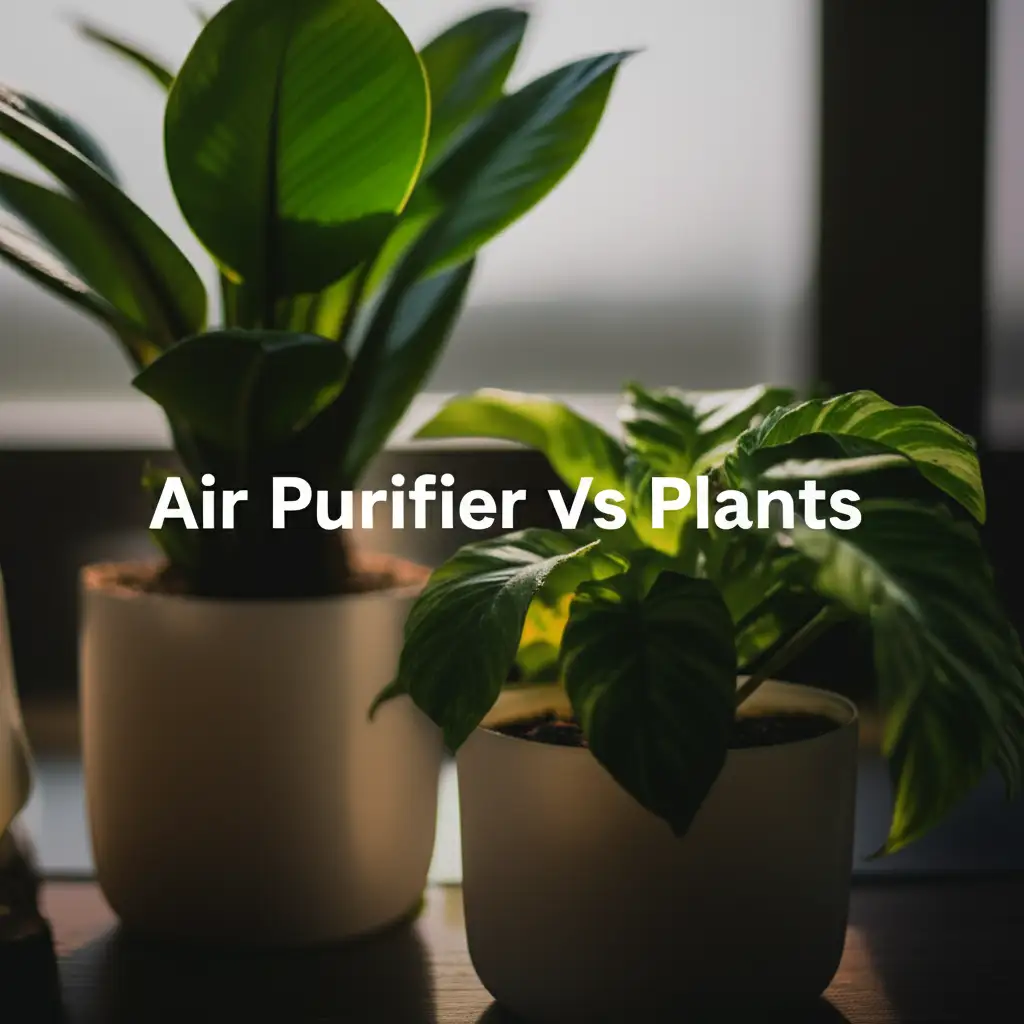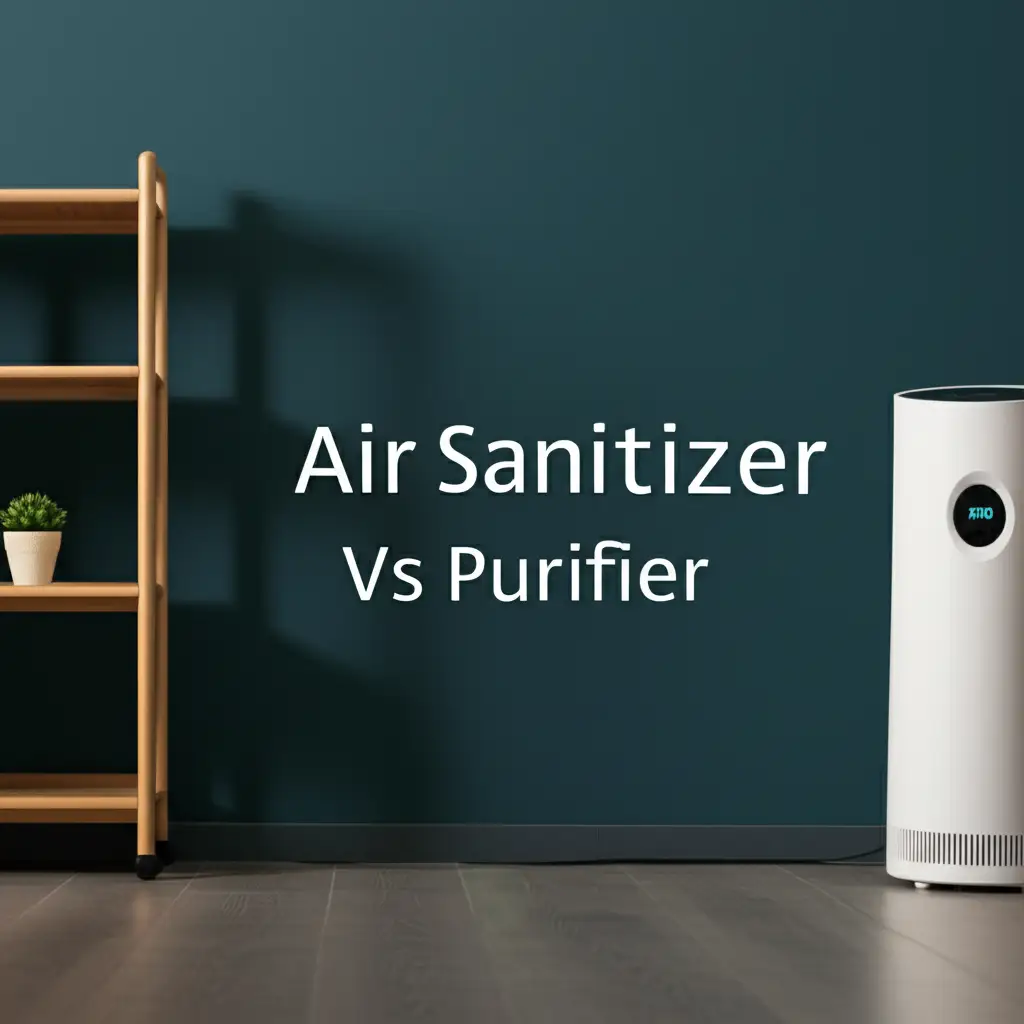· Liora Benning · Indoor Air Quality · 13 min read
Can Dry Rotted Carpet Have Health Effects

Can Dry Rotted Carpet Affect Your Health?
Imagine walking into a room. You might notice a strange smell or an odd texture underfoot. Could this be dry rotted carpet? If so, you are right to be concerned. Dry rot in carpet is not just an aesthetic issue; it brings real health concerns.
This comprehensive guide explores the significant health effects that dry rotted carpet can introduce into your living space. We will discuss common health problems associated with deteriorated carpet. We will also look at the sources of these issues, from mold to harmful chemicals. Understanding these dangers helps you make informed choices for your home’s air quality.
Takeaway
Dry rotted carpet presents several serious health risks. Prompt action is vital to protect your well-being.
- Mold Growth: Dry rot often means mold, which releases spores that cause respiratory issues.
- Allergen Release: Deteriorated carpet traps dust mites, pet dander, and other allergens, worsening allergy and asthma symptoms.
- VOC Emissions: Carpet materials can off-gas harmful chemicals, especially when breaking down, affecting air quality.
- Bacterial Contamination: Damp, decaying carpet provides a breeding ground for various bacteria.
- Structural Damage: Underlying dry rot can compromise subflooring, creating unsafe conditions.
- Odor Impact: Musty smells indicate mold and poor air quality, affecting comfort and health.
- Immediate Removal: The safest action for dry rotted carpet is prompt, professional removal and replacement.
Can dry rotted carpet have health effects?
Yes, dry rotted carpet can have significant health effects. It often harbors mold, bacteria, and allergens, leading to respiratory problems, allergic reactions, and skin irritation. The degradation of carpet fibers can also release harmful particles and volatile organic compounds (VOCs) into your indoor air.
Understanding Dry Rot and Its Origins in Carpet
Dry rot sounds simple, but it is a complex issue. It is not actually dry; it is caused by fungi that thrive on moisture. These fungi break down cellulose, which is found in many natural carpet fibers. This process makes the carpet brittle and weak.
The term “dry rot” often confuses people. They think it means the material is dry. However, the fungi that cause dry rot need moisture to start growing. Once they establish themselves, they can spread even in drier conditions. This is because they transport moisture to new areas.
Several factors lead to dry rot in carpet. Water leaks are a common cause. This includes leaks from roofs, pipes, or windows. Flooding events also contribute to dry rot. High humidity levels in a room can also create a damp environment. Poor ventilation prevents moisture from escaping. All these conditions help fungi grow and damage your carpet.
Dry rot often starts in areas you do not see. It can begin under the carpet padding. It might also begin on the subfloor. By the time you notice the damage on the carpet surface, the problem is usually widespread. It has likely been developing for a long time. Early detection is key to preventing health issues. Regular inspections help identify moisture problems before they lead to dry rot. Proper care and quick action on spills help keep your carpet healthy. Understanding how long it takes for carpet to dry after cleaning, for example, is critical for prevention. You can learn more about proper drying techniques here: how long for carpet to dry after bissell.
The Microscopic Threat: Mold and Fungal Growth
When carpet experiences dry rot, it almost always means mold is present. Mold is a type of fungus that grows in damp conditions. Dry rot fungi break down the carpet structure, creating ideal conditions for other molds to flourish. These molds release microscopic spores into the air.
Breathing in mold spores is dangerous for your health. Many people experience allergic reactions. Symptoms include sneezing, runny nose, red eyes, and skin rash. For individuals with asthma, mold exposure can trigger severe asthma attacks. This leads to wheezing, chest tightness, and shortness of breath. Mold also causes other respiratory problems. Chronic cough and bronchitis are common issues.
Not all molds are visible. They can grow hidden under the carpet or behind walls. A musty smell is a strong indicator of mold growth. If you smell mildew, mold is likely present. Even if you do not see it, you are breathing in the spores. Black mold is particularly concerning. It produces mycotoxins, which are toxic compounds. These compounds can cause more serious health issues. They affect the nervous system and immune system.
Prompt removal of dry rotted carpet is crucial. It stops the spread of mold spores throughout your home. Professional remediation is often necessary. They ensure proper containment and removal of contaminated materials. This protects your indoor air quality.
Allergens and Respiratory Irritants from Deteriorated Carpet
Dry rotted carpet becomes a breeding ground for various allergens. Even healthy carpets trap allergens, but damaged ones are worse. Dust mites thrive in warm, humid carpet fibers. These tiny creatures leave behind waste products. These waste products are potent allergens. People sensitive to dust mites can experience persistent allergy symptoms. These include sneezing, nasal congestion, and itchy eyes.
Pet dander also gets trapped in carpet. Dander consists of microscopic flakes of skin from pets. When carpet deteriorates, these flakes become more easily airborne. This increases exposure for people with pet allergies. Pollen from outside can also settle into carpets. As the carpet breaks down, it releases these trapped particles more readily. This means higher concentrations of allergens in your breathing space.
Beyond common allergens, dry rotted carpet can release irritating fibers. As the carpet material decays, small particles break off. These microscopic fibers become airborne. When inhaled, they irritate the lungs and airways. This can lead to coughing and throat irritation. For individuals with existing respiratory conditions, these irritants worsen symptoms.
Maintaining a clean home environment is crucial for managing allergens. However, a dry rotted carpet cannot be effectively cleaned. Its damaged structure makes it a permanent source of irritants. For instance, while it is important to clean up after pet accidents, even proper cleaning of contaminants like dog feces in carpet can’t fix underlying dry rot health issues. Read more about other potential dangers here: is dog feces in carpet dangerous to human health. Replacing affected carpet is the only way to remove these accumulated threats. This step significantly improves indoor air quality.
Volatile Organic Compounds (VOCs) and Chemical Emissions
Carpets, even new ones, can emit volatile organic compounds (VOCs). These are chemicals that turn into gas at room temperature. Common VOCs in carpets include formaldehyde and benzene. These chemicals are part of the manufacturing process. They are present in glues, dyes, and synthetic fibers.
When carpet deteriorates, it can release more VOCs. The breakdown of materials accelerates off-gassing. This process means harmful chemicals become airborne. Breathing in VOCs can lead to various health problems. Immediate symptoms include headaches, nausea, and dizziness. Eye, nose, and throat irritation are also common. Some VOCs have a strong odor. This odor indicates their presence in your air.
Long-term exposure to VOCs raises more serious concerns. Some VOCs are known carcinogens. This means they can increase cancer risk over time. Children and people with respiratory conditions are especially vulnerable. Their bodies are more sensitive to chemical exposure. High concentrations of VOCs significantly impact indoor air quality. This makes your home less healthy.
A decaying, dry rotted carpet acts as a continuous source of these emissions. Normal ventilation might not be enough to clear them out. Removing the source is the most effective solution. This improves your home’s air quality quickly. It reduces your exposure to dangerous chemicals.
Beyond Allergies: Other Health Symptoms of Dry Rotted Carpet Exposure
The health impacts of dry rotted carpet extend beyond allergies and respiratory issues. Your body can react in various ways to prolonged exposure. Skin irritation is a common symptom. Contact with mold spores or decaying fibers can cause rashes, itching, or hives. This is especially true if you sit or lie on the affected carpet.
Neurological symptoms can also occur. Some individuals report headaches, fatigue, and difficulty concentrating. These symptoms are often linked to mold exposure or VOC inhalation. Mold mycotoxins can affect cognitive function. The overall poor indoor air quality contributes to a general feeling of malaise. You might feel unwell without knowing the cause.
Compromised immune function is another concern. Constant exposure to mold, bacteria, and chemicals stresses your immune system. This makes you more susceptible to infections. You might get sick more often. Recovery times could also be longer. Children and the elderly are particularly at risk due to weaker immune systems.
In rare but severe cases, mold exposure can lead to fungal infections. These infections might affect the lungs or skin. They require medical treatment. The presence of dry rot also indicates chronic dampness. This dampness encourages the growth of various bacteria. These bacteria can also contribute to illnesses. If you suspect any health problems linked to your carpet, seek medical advice. Addressing the carpet issue quickly is also vital for your health.
Identifying and Addressing Dry Rotted Carpet Issues
Recognizing dry rot in your carpet is the first step toward better health. A musty, earthy smell is a clear sign. This odor often suggests mold or fungal growth. Visually, the carpet might appear discolored or stained. It could have dark spots or powdery patches. The texture changes, becoming brittle or crunchy. You might notice the carpet flattening or losing its pile. If the carpet feels unusually stiff or makes a crackling sound when stepped on, it likely has dry rot.
Checking the carpet padding and subfloor is also important. Dry rot often starts underneath. Lift a corner of the carpet if possible. Look for mold growth, moisture, or damage to the padding. The subfloor beneath might show signs of water damage or decay. If you find any of these issues, the problem is serious.
Addressing dry rotted carpet requires a professional approach. First, determine the source of moisture. Fix any leaks or high humidity problems. Without stopping the moisture, dry rot will return. Next, the affected carpet needs removal. This is a job best done by professionals. They have the right equipment to contain spores and dust. This prevents further contamination of your home. They can also assess subfloor damage. For major damage, you might need a professional installer. Sometimes, carpet installers also fix rotten floors. Learn more about this here: do carpet installers fix rotted floors.
Disposal of contaminated materials must be careful. Proper cleaning and disinfection of the area follows. This ensures all mold and bacteria are gone. Finally, new carpet installation can begin once the area is dry and safe. Proper ventilation during and after installation helps prevent future issues.
Protecting Your Home: Prevention and Professional Help
Preventing dry rot is always better than dealing with its aftermath. Moisture control is the most critical step. Ensure your home has proper ventilation. Use exhaust fans in bathrooms and kitchens. Fix any leaks immediately, no matter how small. Check your roof, pipes, and windows regularly for water intrusion. Maintain indoor humidity levels below 60%. You can use a dehumidifier in damp areas like basements.
Regular carpet maintenance also plays a role. Clean spills promptly and dry carpets thoroughly after cleaning. Do not let water sit on or under your carpet. Professional carpet cleaning can help maintain cleanliness. However, ensure the carpet dries completely afterward. Understanding how to keep your carpet down and stable also helps prevent moisture from seeping underneath if there are gaps. Find out more here: how to keep a carpet down.
If you suspect dry rot, do not try to clean it yourself. Disturbed dry rot releases massive amounts of spores. This worsens indoor air quality. Professional mold remediation specialists have the expertise and equipment. They can safely remove contaminated materials. They also sanitize the affected areas. Seeking professional help protects your health. It also ensures the problem is properly resolved.
When dealing with significant carpet damage, consider replacement. New carpet provides a fresh, clean start. It removes all traces of past contamination. Choosing mold-resistant padding or synthetic fibers can offer extra protection. These materials are less susceptible to moisture damage. Investing in prevention and professional help safeguards your home. It protects your family’s health from the dangers of dry rotted carpet.
FAQ Section
1. What does dry rot in carpet look like?
Dry rot often appears as discolored, brittle, or powdery sections. The carpet may feel stiff or crunchy underfoot. You might see dark spots or a flattening of the carpet pile. A strong, earthy, or musty smell is also a key indicator, even if visible signs are subtle.
2. Can dry rotted carpet cause breathing problems?
Yes, dry rotted carpet can cause significant breathing problems. It often harbors mold and fungi that release spores into the air. Inhaling these spores can trigger allergic reactions, asthma attacks, and other respiratory issues like coughing, wheezing, and bronchitis, especially in sensitive individuals.
3. How do you get rid of dry rot in carpet?
To get rid of dry rot, first fix the source of moisture. Then, professionally remove the affected carpet and padding. The underlying subfloor must be cleaned, disinfected, and thoroughly dried. Replacement with new, clean carpet is essential after the area is fully remediated and dry.
4. Is it safe to live with dry rotted carpet?
No, it is not safe to live with dry rotted carpet. It poses serious health risks due to mold, bacteria, allergens, and potentially harmful VOCs. Prolonged exposure can lead to chronic respiratory issues, skin irritation, fatigue, and other systemic health problems. Prompt removal is strongly advised for health and safety.
5. Can dry rotted carpet spread to other parts of the house?
Yes, dry rot and its associated mold spores can spread. Fungal spores from dry rotted carpet become airborne and can settle on other surfaces throughout your home. If these new areas have sufficient moisture, the mold can establish new colonies, expanding the contamination beyond the carpet.
6. What causes carpet to get dry rot?
Carpet gets dry rot from persistent moisture combined with poor ventilation. Common causes include leaks from pipes, roofs, or windows, flooding, high indoor humidity, and inadequate drying after spills or cleaning. These conditions create the damp environment fungi need to grow and break down carpet fibers.
Conclusion
So, can dry rotted carpet have health effects? The answer is a resounding yes. We have explored the various ways deteriorated carpet can compromise your home’s air quality and your well-being. From releasing harmful mold spores and potent allergens to emitting volatile organic compounds, dry rotted carpet is a silent threat to your health. These issues range from simple allergic reactions to severe respiratory problems and neurological symptoms. Ignoring the problem only makes it worse.
My journey through understanding this issue confirms that vigilance and prompt action are vital. I realize how easily hidden moisture can lead to significant problems. Protecting your home and your family from these risks starts with recognizing the signs of dry rot. Do not ignore musty smells or changes in your carpet’s texture. Always address moisture issues immediately. When dry rot is present, professional assessment and remediation are necessary. You owe it to yourself and your loved ones to live in a healthy environment. Take action today to remove dry rotted carpet and restore clean, safe air to your home.





